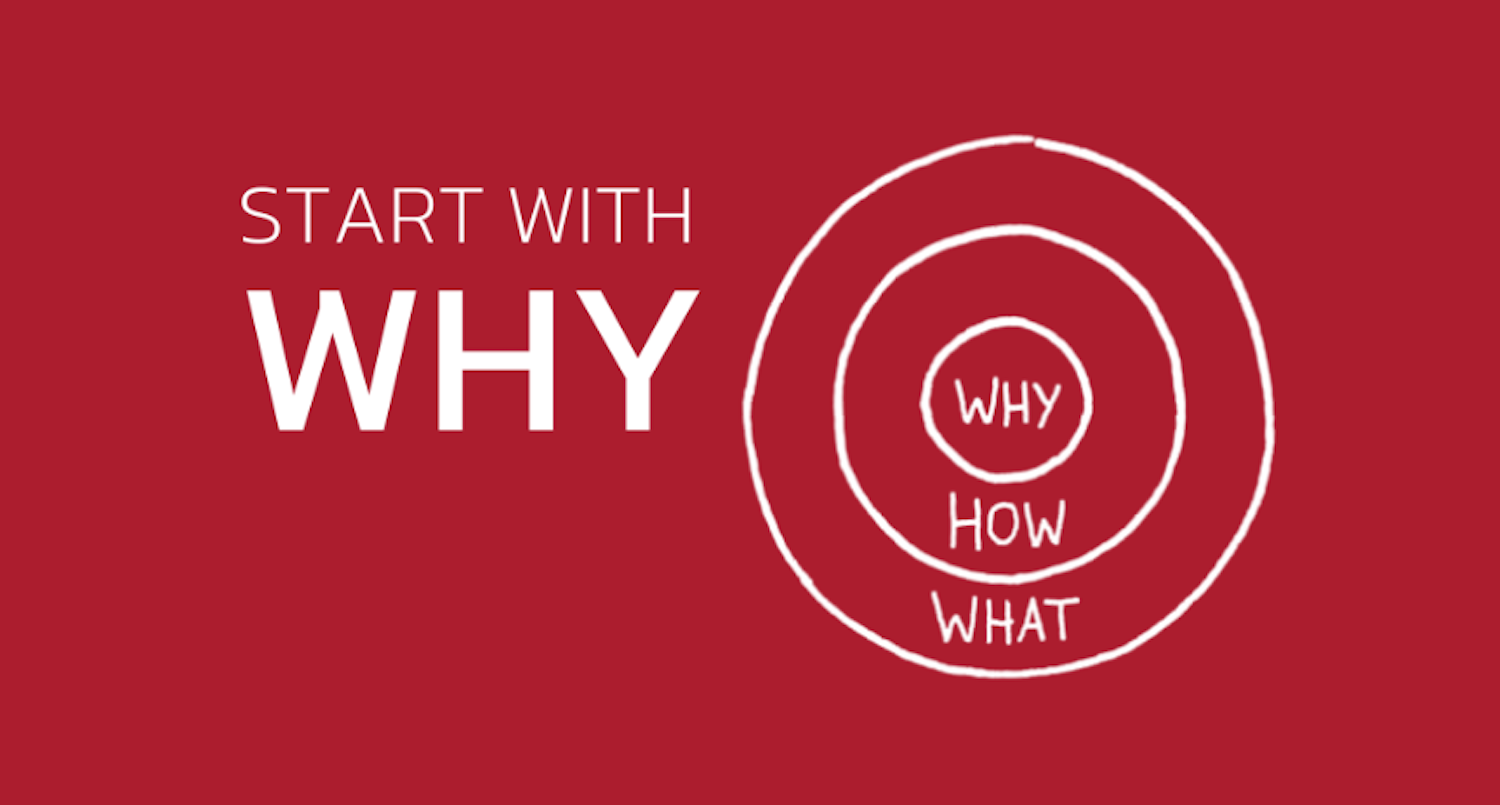
Many people flounder about in life because they do not have a purpose, an objective toward which to work.
George Halas
In this post, which focuses on setting objectives for personalisation, the above quote by NFL coaching legend George Hala serves as a solid foundation. The quote emphasises the importance of having a clearly defined objective, which is essential for successful personalisation campaigns. To illustrate this point, consider a runner endlessly circling a track with no specific distance or time trial goal – such a pursuit would be meaningless. Similarly, without well-defined objectives, personalisation initiatives are likely to falter due to lack of direction and support from colleagues and upper management.
It’s important to note that delivering success every time is not necessary. Avinash Kaushik, a prominent figure in the analytics industry, has written an article on the value of failing for free. The article’s clear message is that even when failing, doing so against a set objective can highlight areas for improvement.
In designing a personalisation program or individual campaign, asking WHY is a crucial step. The answer to this question helps identify the goals that the campaign should achieve and motivates us to determine whether it met expectations. This second post in the series, Unlocking personalisation to deliver enhanced customer experiences using the 6Ws framework, is aimed at personalisation strategists, user experience experts, campaign managers, and analysts. Even if you aren’t directly involved in personalisation campaigns, please read on and provide feedback as it can help me answer the “why” question better in the future.
The Three Parts
To simplify the process of answering WHY, it can be broken down into three parts:
Read on to explore these three parts in more detail.

1. Alignment with business goals
To answer this part of the question, you need a comprehensive understanding of your organisation’s business goals.
A few examples might include:
Increasing online sales
Reducing customer churn
Improving customer satisfaction
Generating leads
Read More Examples
To determine your business’s objectives, initiate discussions with your manager or higher-ups (even if it’s challenging), organise brainstorming sessions or Ideathons, and attend business meetings. Essentially, take every opportunity to understand your program’s business objectives. Once you have these objectives, you can work backward and determine whether your campaign aligns with the broader business goals.
For instance, displaying a customer’s name upon landing on a website may have no significant impact on the sales of a retailer unless there is a known benefit.
The exercise of aligning your campaign with business goals can also increase visibility and gain support from senior leadership, which is crucial for the success of personalisation programs.
In summary, follow these steps:
Understand your organisation’s business goals.
Identify the business goal(s) that your campaign aligns with.
Obtain buy-in from relevant stakeholders on the campaign objectives.
2. Measuring Performance
After identifying the business objective for your campaign, the next step is to determine how to measure the performance of the campaign. For instance, a lead generation campaign’s success criteria could be the successful submission of a specific form, while a sales campaign could be measured by the number of times an order is completed or the Net Promoter Score to gauge customer satisfaction improvement. These success measures should ideally align with metrics tracked by your analytics tool, so collaborate with your analytics team to identify corresponding metrics. It is crucial that all teams agree on these metrics’ measurability.
Furthermore, iron out all team-related dependencies and establish clear expectations regarding campaign performance reporting. You don’t want to learn that the number of increased app downloads cannot be attributed to your campaign because there was no way to track downloads from third-party sites (App Store or Google Play Store).
In summary:
Break down the campaign objective into measurable success metrics.
Identify the data source and responsible teams for each success metric.
Plan for the extraction and reporting of campaign performance data.
3. Sharing Learnings
Ensuring that all relevant stakeholders are aware of the results of your personalisation campaign is crucial. It’s not just about your team or your immediate boss, but also about other teams that could benefit from the campaign’s use case, idea, or execution approach. Identifying internal stakeholders and audiences to share results with is key to ensuring follow-up actions are taken.
However, it’s important to share results with the right audience. For example, sharing the success of a sales campaign with a stakeholder in the consumer services area who is not aligned with sales objectives is not helpful. Sharing campaign ideas and results with the appropriate audience will lead to greater adoption of personalisation within the organisation.
In summary:
Identify all stakeholders and teams that the campaign is relevant to
Inform them in advance about the campaign to avoid surprises
Communicate campaign plans and results regularly as a continuous dialogue, even if the campaign results are not as expected.
Takeaway
Investing additional time in planning and answering the WHY of personalisation campaigns can greatly improve their effectiveness. By establishing a well-defined, agreed-upon, and measurable set of objectives that align with broader business goals, we are better equipped to learn from our failures and make improvements in future campaigns.
In my next post, I’ll discuss the importance of answering WHO — target audiences for personalisation campaigns and provide a few tips on how to identify the right ones. Stay tuned by signing up for our Experience Optimisation Insights newsletter today.
Get Experience Optimisation Insights
Sign up and get the latest Experience Optimisation insights and tips straight to your inbox.




